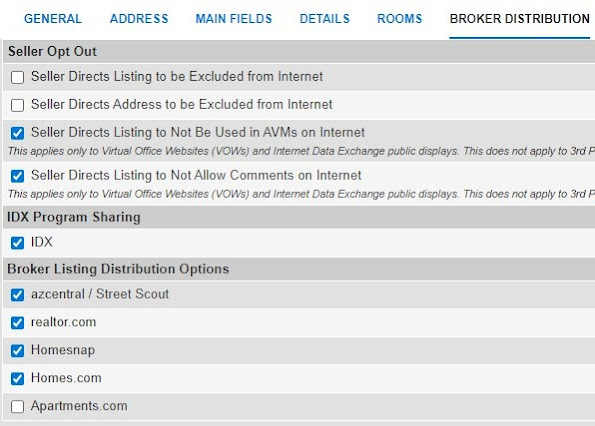The Truth about The Truth-in-Lending
The most confusing document in the entire loan package is the
Truth-In-Lending Disclosure Statement. I’ve heard more than
one escrow officer refer to it as the “Confusion-In-Lending” and simply
ask the borrower to sign with a cursory explanation usually saying it’s
the loan costs rolled into the interest rate or something similar.
While not entirely inaccurate, it doesn’t really explain the
“TIL” as it’s referred to in the biz.
With so many engineers in the Valley of the Sun, it’s tough to fudge on
numbers during a signing. They were the impetus for me to
know the TIL, and to be able to explain it if a borrower required me to
do so… Here’s what I learned:
The Annual Percentage Rate or APR, is not the interest rate.
It is a number expressed in terms of an interest rate created
by the government to enable consumers to comparison shop lenders.
The APR does factor in the fees paid by the borrower.
This is accomplished by creating a new number called the
Amount Financed. The formula for the amount financed is:
Actual Loan Amount – Prepaid Finance Charges = Amount Financed
Prepaid Finance Charges are defined by the government as follows:
Prepaid Finance Charges are
certain charges in connection with the loan and which must be paid upon
the close of the loan. These charges are defined by the
Federal Reserve Board in Regulation Z
defines these charges and the borrower must pay the charges.
Non-Inclusive examples of such charges are: Loan origination
fee, “Points” or Discount, Private Mortgage Insurance or FHA Mortgage
Insurance, Tax Service Fee. Some loan charges are
specifically excluded from the Prepaid Finance Charge such as appraisal and credit
report fees.
So if a borrower had zero Prepaid Finance Charges, the Amount Financed
would equal the Actual Loan Amount. The APR would also be the
same as the actual interest rate. This scenario is extremely
rare. We all pay fees to the lender and title company, so the
Amount Financed will always be less than the Actual Loan amount.
So how does this affect the APR? Amount financed has a direct
impact on the APR. Here’s where the fun starts.
Let’s assume a loan of $100,000 at 5.25% interest on a 30 year note.
The principal and interest would be $552.50 These
are fixed figures that will not change.
Let’s also assume Prepaid Finance Charges of $2,000. Since
the TIL requires knowing the Amount Financed, we see that $100,000 –
$2000 = $98,000 (our Amount Financed). What the TIL
does now is take the Amount Financed and assume for the purposes of the
TIL that it is the loan amount. So if the monthly payment
remained at $552.50, but the loan amount was $98,0000, what would the
interest rate be for a 30 year loan? The answer is 5.427% and
this is also the APR!
The most important takeaway from this post is the more you pay
in fees, the bigger the difference between the actual interest rate and
the APR. It really is basic math, once you decipher the
definitions provided by the government, and as we all know, sometimes
that isn’t easy…






4 Comments
Nice explanation, but what about those APRs on the Adjustable Rate Mortgages? Thats where the “Truth in Confusion” gets really interesting. Especially when the index for the adjustable rate is so low, the that fully indexed rate would be lower than the start rate and the APR is also lower than the start rate. Now add in the new GFE and the Truth in Lending disclosure should really no longer be involved in the loan documents, but they usually only add disclosures, never really remove them.
James Mucci – MI refinance
.-= James Mucci´s last blog ..Wondering Why it’s So Hard to Get a HELOC? =-.
James – APR’s on ARM’s are a joke… I don’t even attempt to explain those to a buyer, since some wild assumptions are made, like the rate in the future. Too bad HUD didn’t address that issue and as you suggest, eliminate the TIL on ARM’s…
When you pay higher fees it could affect the interest rate you get charged and
the APR. When selling your own home yourself you shouldn’t try and do everything on your own. I don’t just say this to promote Realtors, because I am also refering to getting the right advice from financial and legal experts. There are several pitfalls to avoid when selling your own home FSBO. Also, be aware, selling your own home alone can be disheartening and in many ways scary. You have to shoulder the responsibility all by yourself. The key therefore, is to find the right people who can help you through the sale and closing process. Accept that you can’t do all the things necessary to close the transaction yourself. There is a lot at stake, so it is important to seek qualified help, in order to get things right.
Would you provide more examples.
Thanks,
Dallas Homes Expert